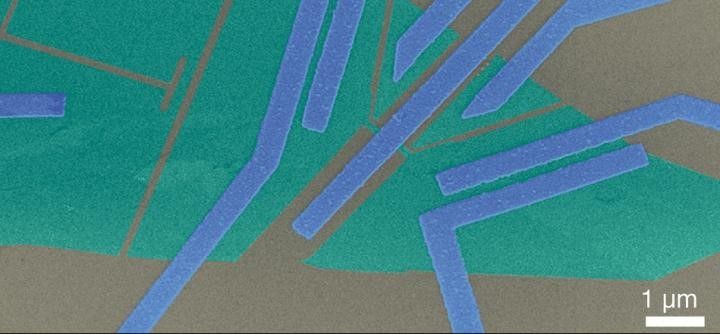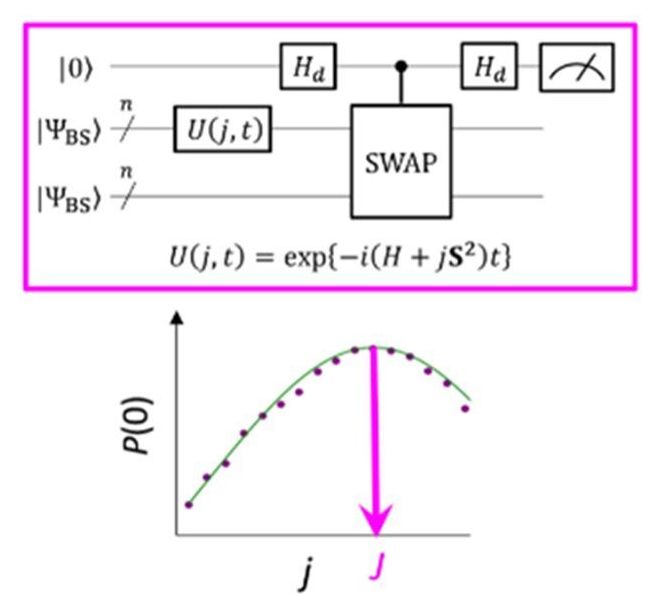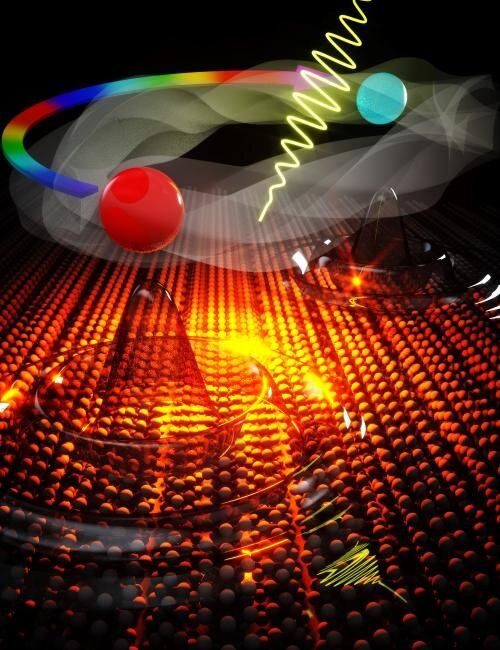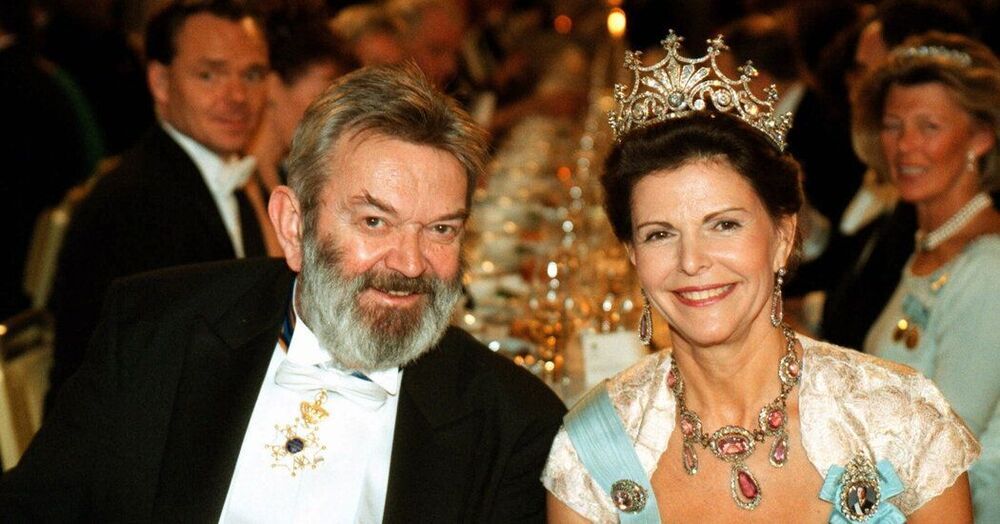Scientists at the U.S. Department of Energy’s Ames Laboratory and collaborators at Brookhaven National Laboratory and the University of Alabama at Birmingham have discovered a new light-induced switch that twists the crystal lattice of the material, switching on a giant electron current that appears to be nearly dissipationless. The discovery was made in a category of topological materials that holds great promise for spintronics, topological effect transistors, and quantum computing.
Weyl and Dirac semimetals can host exotic, nearly dissipationless, electron conduction properties that take advantage of the unique state in the crystal lattice and electronic structure of the material that protects the electrons from doing so. These anomalous electron transport channels, protected by symmetry and topology, don’t normally occur in conventional metals such as copper. After decades of being described only in the context of theoretical physics, there is growing interest in fabricating, exploring, refining, and controlling their topologically protected electronic properties for device applications. For example, wide-scale adoption of quantum computing requires building devices in which fragile quantum states are protected from impurities and noisy environments. One approach to achieve this is through the development of topological quantum computation, in which qubits are based on “symmetry-protected” dissipationless electric currents that are immune to noise.
“Light-induced lattice twisting, or a phononic switch, can control the crystal inversion symmetry and photogenerate giant electric current with very small resistance,” said Jigang Wang, senior scientist at Ames Laboratory and professor of physics at Iowa State University. “This new control principle does not require static electric or magnetic fields, and has much faster speeds and lower energy cost.”









